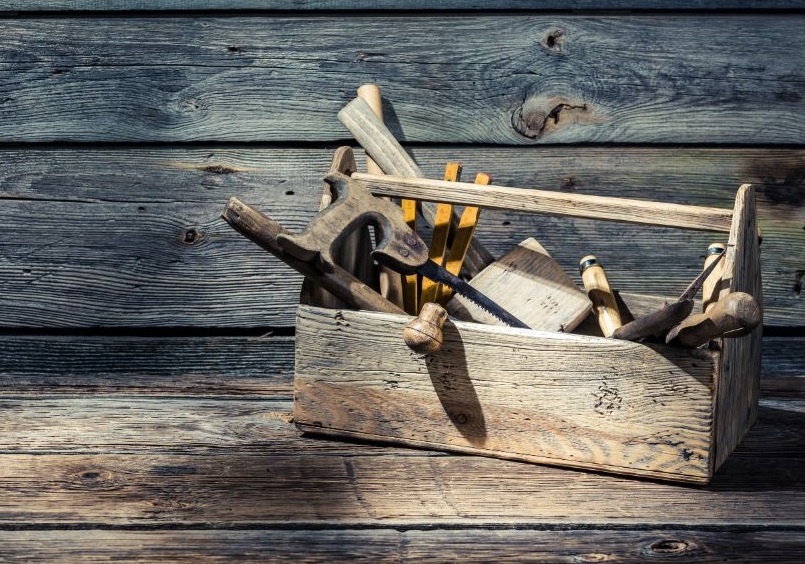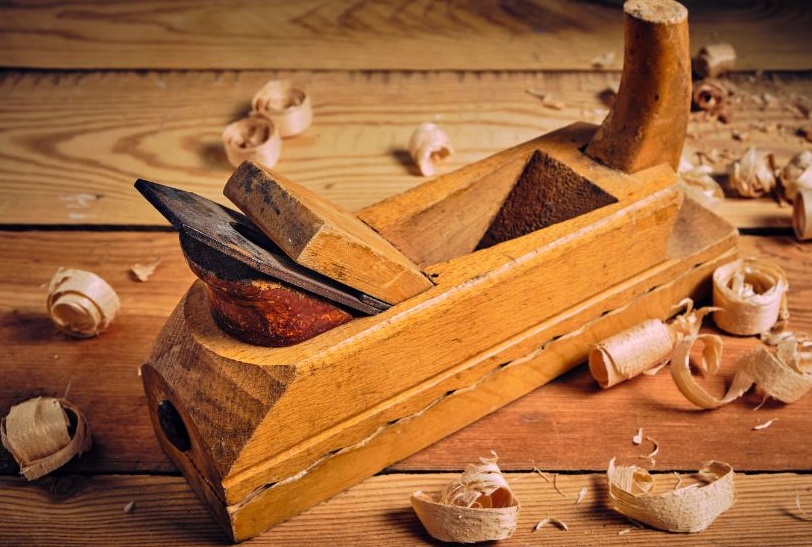The change in carpenters planes
The evolution of carpenter’s planes in the UK represents a fascinating journey through centuries of craftsmanship, innovation, and technological advancement. From the earliest hand-crafted wooden planes to the precision-engineered metal-bodied planes of the modern era, these indispensable tools have undergone significant changes in design, materials, and functionality, reflecting shifts in woodworking techniques, industry standards, and user preferences among carpenters and woodworkers across the country.
Historically, the carpenter’s plane was a simple hand tool consisting of a wooden body, a steel blade or iron, and a chip breaker. The body of the plane was typically made from hardwoods such as beech, maple, or rosewood, and handcrafted to achieve the desired shape, weight, and balance. The blade, or iron, was made from high-carbon steel and held in place by a wooden wedge, while the chip breaker helped to control the thickness of the shavings and prevent tear-out.
These early wooden planes served carpenters and woodworkers well for centuries, allowing them to shape, smooth, and refine wooden surfaces with precision and control. However, as industrialization and mass production transformed the woodworking industry in the 19th century, new materials and manufacturing techniques began to revolutionize the design and functionality of carpenter’s planes.
One of the most significant changes in the design of carpenter’s planes was the introduction of metal-bodied planes, which replaced traditional wooden bodies with cast iron or steel. This innovation offered several advantages over wooden planes, including increased durability, stability, and precision. Metal-bodied planes were less prone to warping or twisting, ensuring flat and consistent results on a wide range of wood surfaces.
Furthermore, metal-bodied planes featured adjustable mechanisms for setting the depth of cut and controlling the angle of the blade, allowing carpenters to achieve finer and more precise shavings with less effort. These advancements in design and functionality made metal-bodied planes highly versatile tools that could be used for a wide range of woodworking tasks, from rough shaping and dimensioning to final smoothing and finishing.

Another significant change in the design of carpenter’s planes was the introduction of specialized planes for specific tasks and applications. While traditional bench planes remained popular for general-purpose woodworking, new designs emerged to address the needs of carpenters working with different materials and construction techniques. For example, smoothing planes featured shorter soles and finer blades for producing glass-smooth surfaces on finished workpieces, while rabbet planes and shoulder planes were designed for cutting precise joints and rebates.
In addition to changes in materials and design, the way carpenters used planes also evolved over time, reflecting shifts in woodworking techniques, industry standards, and user preferences. As power tools and machinery became increasingly common in woodworking shops and factories, hand planes were often relegated to secondary roles or used in conjunction with automated equipment for finer detailing and finishing work.
However, the advent of hand tool woodworking and a renewed interest in traditional craftsmanship in recent decades has led to a resurgence of interest in hand planes among carpenters and woodworkers in the UK. This renewed appreciation for hand planes has sparked a reevaluation of their role in modern woodworking practice and a rediscovery of their versatility, precision, and tactile feedback.
In response to this renewed interest in hand tool woodworking, many tool manufacturers have introduced new lines of hand planes that combine the best elements of traditional design with modern materials and engineering techniques. These contemporary hand planes feature precision-machined bodies made from ductile cast iron or stainless steel, finely ground blades made from high-quality tool steel, and ergonomic handles designed for comfort and control.
Furthermore, advancements in machining technology and computer-aided design have made it possible to produce hand planes with tighter tolerances and finer adjustments than ever before, ensuring smooth and consistent performance in a wide range of woodworking tasks. Whether smoothing rough lumber, jointing edges, or shaping complex profiles, modern hand planes offer woodworkers unparalleled precision and versatility in achieving their desired results.
The change in carpenter’s planes in the UK is a testament to the enduring relevance and adaptability of these timeless tools in the woodworking industry. From their humble beginnings as hand-crafted wooden planes to their modern incarnation as precision-engineered metal-bodied planes, carpenter’s planes have evolved over the centuries to meet the needs of carpenters and woodworkers in an ever-changing world. Whether shaping, smoothing, or refining wooden surfaces, hand planes continue to play a vital role in the craft of woodworking, embodying the spirit of tradition, craftsmanship, and innovation in the UK woodworking tradition.
Here is a great article on carpenters planes.

